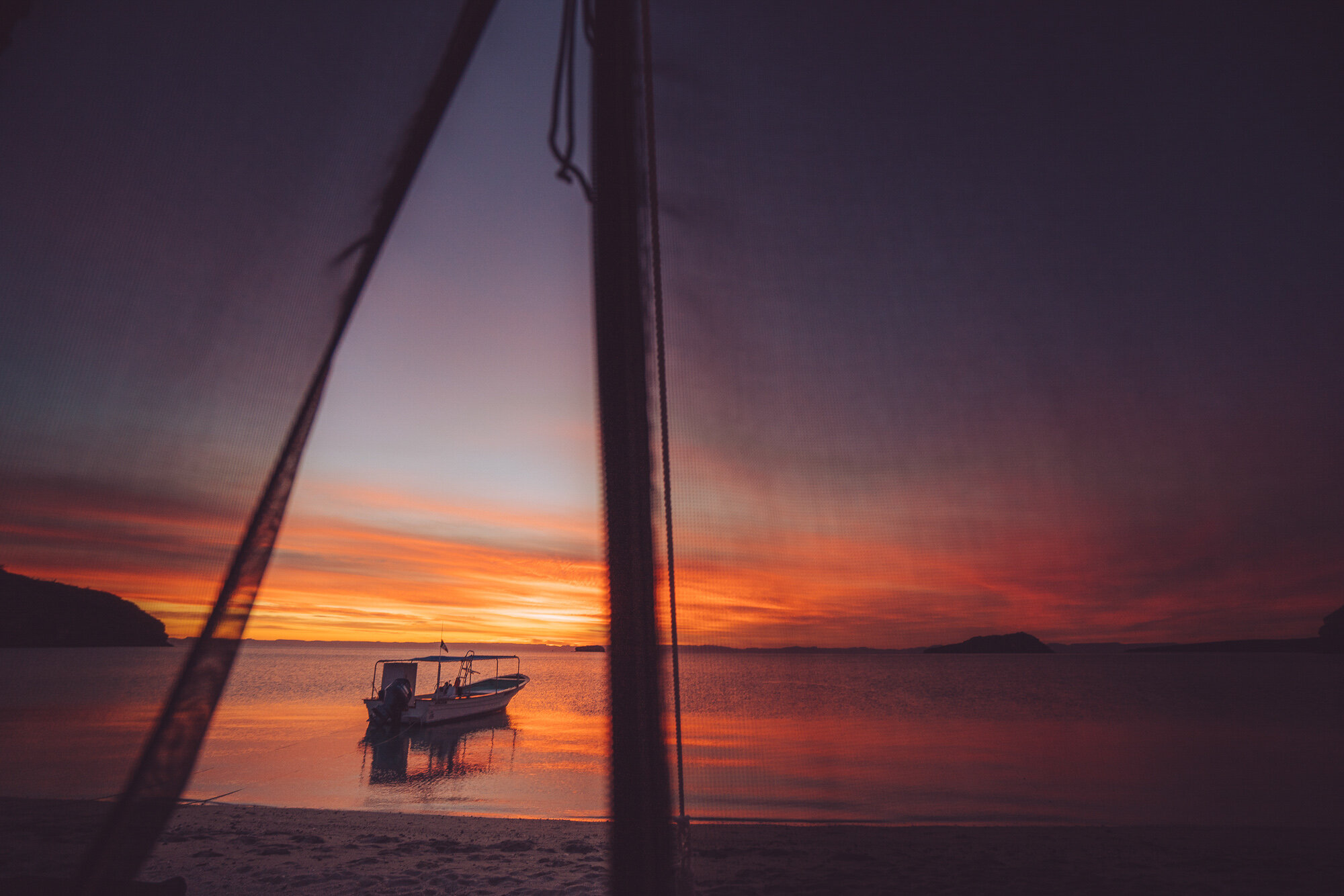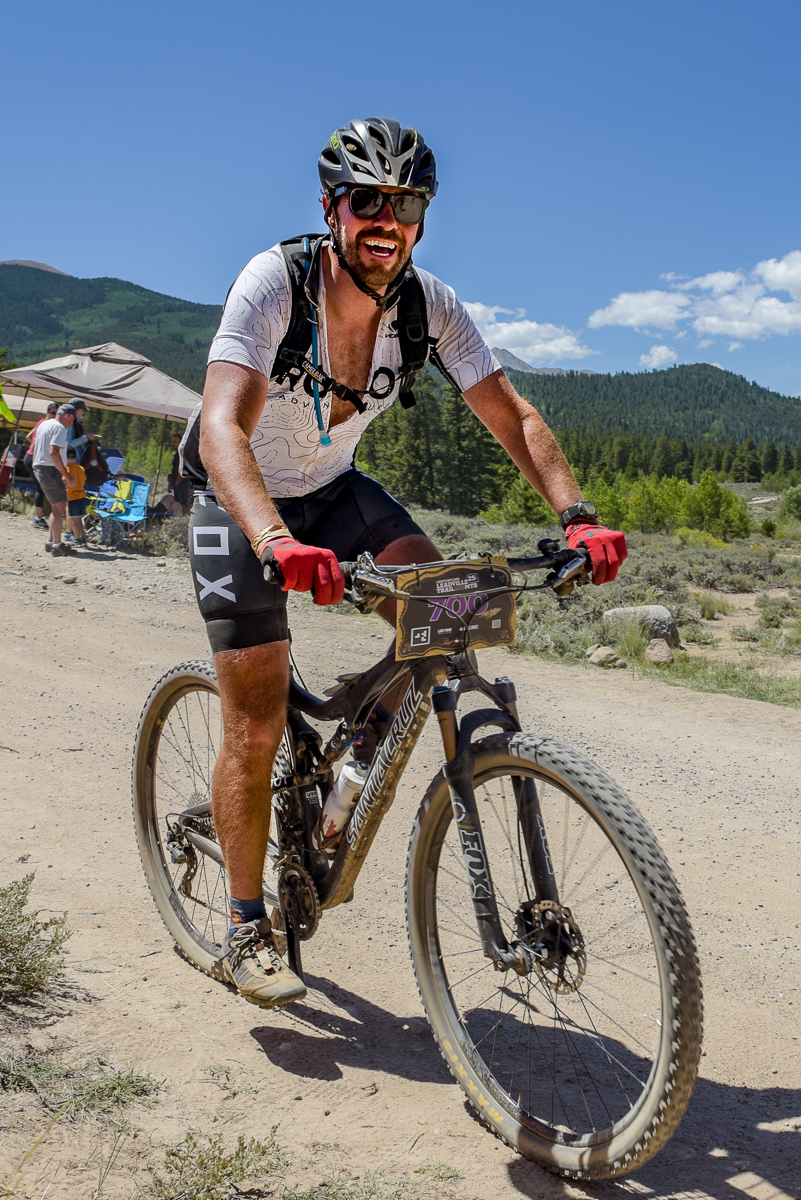We all know the feeling – that first sip of our favorite roast in the morning. Something about the familiar aroma and our hands hugging that warm mug helps us gear up for whatever is on our plate that day. Of all the things that unite us as a people, coffee is arguably the most popular. Nothing beats a simple cup o’ Joe, but as time has moved forward, so have our options. How is this? How has a simple bean been converted into a worldly beverage enjoyed by the masses as a completely customizable staple?
While a caffeinated drink derived from a plant may seem simple enough, coffee has a rich history. Blended to perfection by the Arabian Peninsula, coffee bean heritage can be traced back to the ancient forests of Ethiopia. While these beans grew rampant across the country, no one knew of their potential. And even though the discovery of coffee is unknown, some of you may have heard the Ethiopian Legend of Kaldi’s goats. The story goes that a goat herder named Kaldi noticed his goats were highly energetic and could not sleep at night after ingesting these mysterious beans. Kaldi brought this finding to the local monastery’s abbot, who made a drink with the beans, finding that they kept him awake longer to perform evening prayer. Excited by this information, the abbot shared the knowledge with other monks at the monastery. It wasn’t long before the word quickly reached eastwards towards the Arabian Peninsula.
During this time, the Arabian Peninsula was a vast trading power. Arabian merchants operated peacefully along the Red Sea throughout the 15th century, bringing in commodities like textiles and spices from India. This area of the world attracted traders from far and wide, acting as a central ground for spreading resources, wealth, and knowledge. It’s no wonder the little-known delicacy of coffee did not stay secret for very long. Coffee beans began to cultivate within the Yemeni district of Arabia in the 15th century, spreading throughout Persia, Egypt, Syria, and Turkey by the 16th century.
Public coffee houses, or qahveh khaneh, began to spring up throughout Arabian cities, becoming centers for knowledge transfer and social activity. As thousands around the world made the pilgrimage to the holy city of Mecca each year, these public coffee houses became centers for worldly information, commonly referred to as the “Schools of the Wise”. These public coffee houses at one point were seen as a threat to religious authorities, being deemed “dens of sedition”. A debate sprouted about whether drinking coffee was commonplace for passing around the wine pitcher, a forbidden drink in the Muslim religion. Religious authorities also feared the popularity of these coffee houses would rival the Mosque as a meeting place. However, the efforts to ban coffee, no matter how strict (ie. The death penalty put in place during the reign of Murad IV), failed and coffee prevailed as a permissible drink to be enjoyed by all.
It wasn’t long before European traders began bringing home stories of a strong, black beverage they had in the Near East. Coffee has made a home in the heart of Europeans by the 17th century, becoming a staple in lives across the continent. However, much like the religious concerns within the Arabian Peninsula, some Europeans reacted to the new drink with the same suspicions, referring to it as the “bitter invention of Satan”. As history repeats itself, the local clergy condemned the drink once it made its way to Venice in 1615. The controversy grew so immense, Pope Clement VIII was called upon to voice his opinion on the matter. After one sip, he found the drink satisfying, giving it immediate approval. Shortly after, European versions of qahveh khanehs popped up around the continent, coined “Penny Universities”, where it was said one could engage in stimulating, intellectual conversation for the price of a penny cup of coffee. During this time, water quality in major cities such as London suffered due to poor, or non-existent sewage systems. It was not uncommon for people to quench their thirst with beer and wine, even for breakfast. Coffee quickly outgrew these options as the people’s breakfast beverage of choice, leading to vast improvements across the workforce.
The drama of the New World brought along a new wave of coffee craze. Despite coffee’s popularity in the Middle East, and Europe, tea was still the favored beverage in colonial America. That reign ended as a new era of heavy taxation flowed in from King George III. The colonies revolted against this imposition, leading to the now-famous Boston Tea Party incident. American minds were forever fixated on roasted bean water from that point on. With the popularity of coffee exploding worldwide, vast opportunities to harvest coffee beans outside of Arabia sprang up. The Dutch were quick to the line, cultivating plantations in the territories they occupied, such as the island of Java, Sumatra ad Celebes.
With coffee production thriving for the Dutch, they gifted a single coffee plant to King Louis VIX of France. With France occupying much of the Caribbean islands, it wasn’t long before they were littered with coffee trees. The small, French region of Martinique, for instance, saw over 18 million trees thrive within 50 years. Once the Brazilian empire was able to collect seeds from these regions for themselves, a billion-dollar industry was born. For years to come, travelers, colonists, and traders would carry coffee seeds to grow in new lands. Coffee plantations exploded, and by the end of the 18th century, coffee had become one of the world’s most profitable exports.
As with anything in an ever-evolving world, our preferences for coffee have vastly multiplied. What used to be one type of bean, roasted one way, and poured the same across continents is now a hub for personalization. This began with the growth of varietal beans as nations started harvesting their own bean brands. Then, we understood how to roast the beans at different temperatures for different amounts of time, leaving us with light vs. dark roast. (Which, by the way, if you are looking for a stronger cup, light roasts have higher caffeine content since they are in the roaster for a shorter period.) And with the founding of organizations like Starbucks, the options are truly endless. Starbucks’ vision was to create a completely tailored experience for their customers, developing a sense of self in coffee choice. As consumer preferences and expectations have changed, so have the menus of coffee shops across the world.
However, within the big bold world of coffee, there is also immense room for error. Like many other industries, coffee has moments of weakness including slave labor, unfair wages for farmers, and sustainability concerns. As consumers with purchasing power, it is our duty to understand where and how our coffee is being produced. While fair trade was once the standard for ethical producers, the market for fair trade has been heavily muddied by the introduction of over 1,226 certifications. Many coffee farmers are moving to a “direct trade” price structure, which is regulated by the roasters themselves. This structure ensures standards in safety, sustainability, and farmer progression are being met. We encourage you to do a little research on where your coffee comes from. If you’re unsure, contact your favorite company and ask about their supply chain. Honest Grounds offers a list of certified organic and sustainable, while Ethical Consumer provides a list of ethically sourced coffee brands.
It goes without saying that coffee is one of the many things that connect us on a global scale. Coffee has been a centerpiece for learning, exploring, sharing, and debate since its discovery. The evolution and cultural significance of a simple plant are truly awe-inspiring. And now, in the 21st century, coffee remains the most sought-after commodity in the world, after crude oil. I can’t help but think about what kind of reaction the goat-herder Kaldi would have, knowing how much history he and his goats helped to create.




































































![“[…]best memory making weekend in my life as a mother. Feeling like a BADASS and more in love with my kid than ever!”](https://images.squarespace-cdn.com/content/v1/596a6489cf81e09f384a3898/1564758233072-38XTG5VX7YH303TX8T74/DE7C200F-ED6D-4A1F-BC1D-246E632C5EBF.jpg)